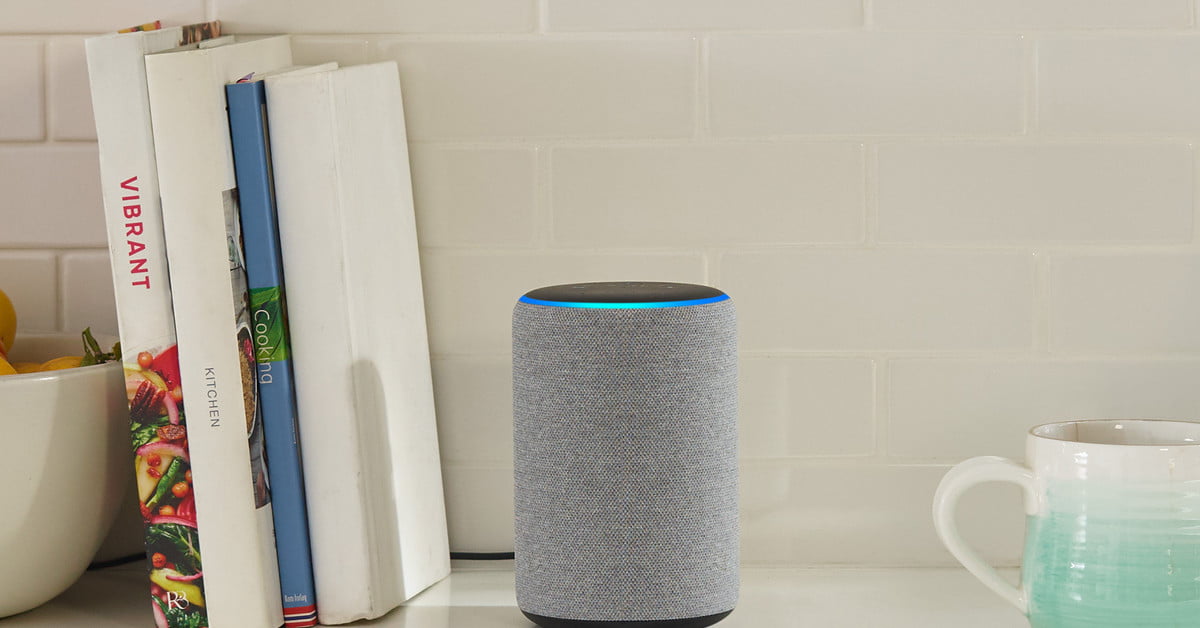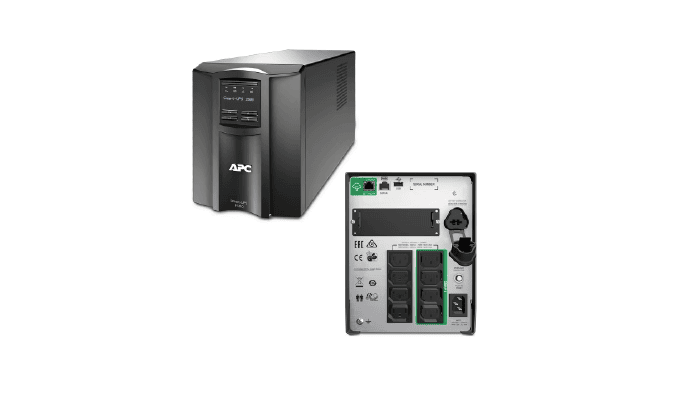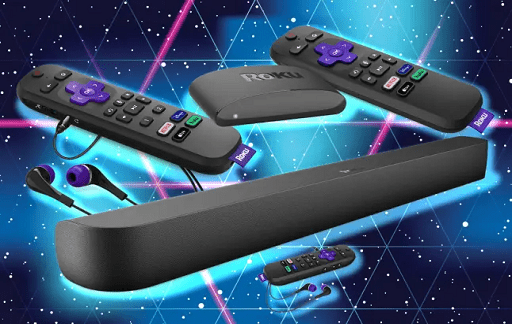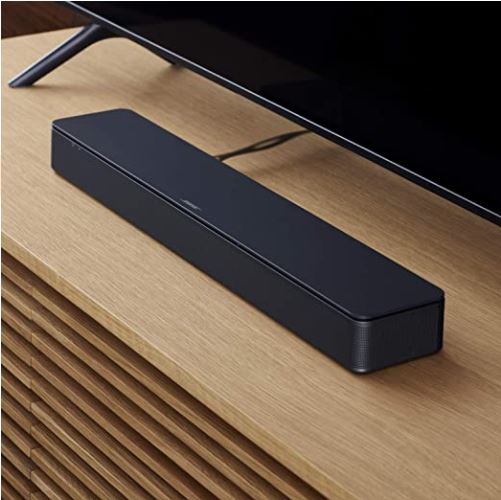What is QD-OLED: Flat-panel technology is a topic that generates a lot of discussion among people who enjoy using TV gear. In the past, this meant making a comparison between Quantum Dot LED, often known as QLED TV (or QLED TV for short), and Organic LED, which is more frequently referred to as OLED TV.
However, 2022 was the year that a new display technology called Quantum Dot OLED, also known as QD-OLED, made its official debut. This technology has already begun to reshape the TV landscape thanks to new models from Sony and Samsung, as well as computer monitors from the Alienware brand manufactured by Dell.
But what precisely is meant by the term “QD-OLED,” how does it differentiate itself from both QLED and OLED, and why do a lot of people believe that it offers the highest possible picture quality? Let’s do a thorough investigation into the specifics of QD-OLED in order to find out.
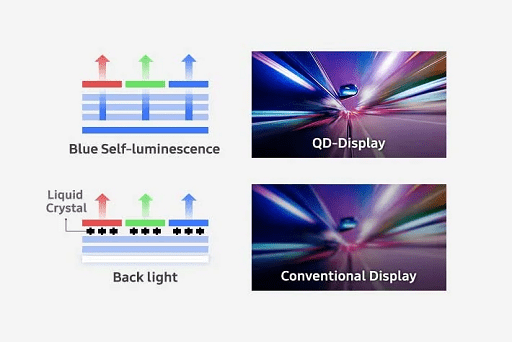
What does QD-OLED stand for?
Simply defined, QD-OLED is a hybrid display technology that takes the already highly amazing attributes of OLED TV and increases its brightness and color through the use of quantum dots. This technology is known as QD-OLED.
The end result is a television that not only has OLED’s jaw-dropping levels of contrast and immaculate blacks but also delivers brightness levels that are significantly higher than anything else we have seen from OLED in the past.
This benefit, which offers “the best of both worlds,” was purely theoretical until we were given the opportunity to witness it for ourselves at CES 2022. These impressions remained even after we tested the first two QD-OLED televisions that we could get our hands on.
To begin, I used the Sony A95K, and I followed that up by using the Samsung S95B. Our reviewer gave both of these televisions an extremely high score of 10 out of 10.
Aside from the fact that the picture quality of QD-OLED televisions is superior to that of OLED televisions of comparable size, it is also feasible that over time, QD-OLED televisions will become cheaper to purchase. We’ll have a more in-depth conversation about this at a later time.
It is anticipated that some of the innovative things that LG has been able to accomplish with its OLED panels, such as rollable displays and transparent displays, will soon be achievable with QD-OLED as well. This is due to the fact that QD-OLED TVs are essentially an evolution of OLED.
How does QD-OLED work?
Before delving into the inner workings of QD-OLED, it is necessary to have a brief discussion on the distinctions between QLED and OLED.
QLED TV
The images that are displayed on a QLED TV are created with the assistance of four primary components: an LED backlight, a layer of quantum dots, an LCD matrix, and a color filter.
All of the brightness that you perceive comes from the LED backlight, and contemporary LED backlights are capable of producing a significant amount of brightness, significantly more than OLED light sources. But obtaining that level of brightness while still retaining a white that encompasses the complete spectrum is challenging.
The answer is, to begin with, an extremely powerful blue LED light source, followed by the addition of green and red quantum dots to the mix in order to create a full spectrum of white light.
QLED TVs get a much-needed improvement to their color accuracy without having to sacrifice any brightness or needing to use more energy because quantum dots can be tuned to emit specific colors and, amazingly, can do this at a level of efficiency that is nearly 100%. This allows QLED TVs to improve their color accuracy without having to use more energy.
After that, the white light is passed through the LCD matrix, which is responsible for the images you see as well as how bright or dark areas of the screen are. After that, the white light is passed through the color filter, which converts the white light into the appropriate amounts of red, green, and blue so that we can see true color images.
It is a good system that generates visuals that are vivid as well as incredibly colorful. With the exception of the quantum dots, all of the components have been around for decades, and as a result, they are now considered to be “cheap” to produce. This makes the production of the product extremely affordable.
However, there are downsides to it as well. You can never obtain the flawless, inky black that you see on an OLED TV because the LCD matrix, no matter how hard it tries, is unable to keep 100% of the light from passing through in scenarios with a lot of darkness.
Because of its tendency to “tunnel” light directly away from the screen, the LCD matrix can also make it difficult to view the display from an off-angle position.
The combination of the LCD matrix and the color filter reduces the amount of light that is produced by the LED backlight, which means that QLED needs to consume more energy in order to create the same level of brightness that you perceive. Because of this, QLED TVs have a lower energy efficiency rating than OLED TVs.
Last but not least, and this may only be relevant to buyers of TVs with an eye toward interior design, the addition of all of those components results in an overall thicker TV screen. OLED TV An OLED light source and a color filter are utilized in the creation of an image by an OLED TV.
In comparison to QLED TV, this seems astonishingly straightforward, and in fact, it is. Because of the emissive quality of the OLED pixel, which is the fundamental component of an OLED television, this one component can take care of both the brightness and the creation of an image, thereby effectively fulfilling the functions of both the LED backlight and the LCD matrix in a QLED television.
Due to the lack of an LCD grid, the viewing angles of an OLED TV are among the closest we’ve ever seen to be ideal. You are free to choose where you sit, and the brightness, contrast, and color will be the same no matter where you are.
And as we’ve just hinted at because OLED pixels can be turned off totally, you get exactly that when an image asks for perfect blackness; there will be no light emitted at all.
However, OLED televisions also have their flaws. There is a maximum amount of brightness that can be extracted from an OLED pixel. It performs exceptionally well in low-light settings, but in well-lit surroundings, it is simply unable to match the specialized LED backlight that QLED employs.
If you’ve ever compared a QLED TV and an OLED TV while standing in a well-lit Costco warehouse and found the QLED TV to be more appealing, it’s probably because of the QLED TV’s higher level of brightness.
There are two main reasons why OLED TVs have a lesser brightness compared to QLED TVs. To begin, and most significantly, every pixel of an OLED displays its own unique light. However, the lifespan of an OLED pixel decreases proportionally with the amount of power that is delivered through it.
So it’s possible that OLED televisions may become even brighter than they are now, but very few customers would be satisfied with a television that only lasted half as long. The LEDs that are utilized in the backlight of a QLED TV are significantly less likely to experience this form of aging and can keep producing a lot of light for a considerable amount of time.
Second, no matter how much light an OLED pixel is able to produce, some of that light will be absorbed by the color filter. This is true regardless of the pixel’s brightness setting.
Burn-in is another problem that can affect OLED displays as it does other types. If you display the same type of content on an OLED TV for many hours in a row, such as a lower information banner on a news channel or a control panel in a video game, it can cause those pixels to age at a faster rate than the pixels that are constantly displaying different images.
This can happen if you display the content for a number of hours in a row. Burn-in is the name given to the lingering “shadow” that this static content leaves behind, and once it occurs, it is typically irreversible.
Lastly, the large-format OLED panel market is effectively a monopoly because there is only one company — LG Display — that manufactures and sells them to companies like LG, Sony, Philips, and Vizio. As a result, the price of large-format OLED panels will continue to be higher than the price of QLED for some time to come.
Breaking through the brightness barrier with QD-OLED
The question that now needs to be answered in the world of television is, “How can you keep all of OLED’s many benefits while also improving on its weaknesses?”
The answer is QD-OLED, which is also sometimes referred to as “QD Display” by various businesses.
By maximizing the amount of light that a single OLED pixel is able to generate and doing away with the need for a color filter, Quantum Dot OLED greatly boosts the total brightness of OLED and even improves the quality of its color, which was already exceptional.
This is how the process goes.
Why do we begin with white?
White light serves as the foundation upon which OLED TVs base their light and color renderings at the moment. They accomplish this by mixing together blue and yellow OLED material, which results in a mixture that is extremely similar to pure white. Why do this when you could simply use OLED material that is red, green, and blue?
The reason lies in the fact that it is difficult to produce OLED panels in sizes ranging from 50 inches to 88 inches, which are typical for televisions, while simultaneously attempting to keep prices as low as possible.
To give you an idea of how pricey a full RGB OLED screen is, Sony has developed a 4K, 55-inch monitor that leverages this technology specifically for the broadcasting and film sectors. It comes to around $28,000 in total expenses.
However, if you begin with white light, you will need a method to dissect the spectrum into its component colors red, green, and blue. This can be accomplished quite well with the use of a color filter; but, as was said earlier, color filters dull the image.
The usage of a white subpixel that avoids the color filter is the method that LG employs in order to restore some of the brightness that was diminished as a result of the color filter.
When you are viewing a video that has a standard dynamic range (SDR), there is only a moderate amount of use of the white subpixel. It is not necessary for OLED TVs to rely extensively on the brightness of the white subpixel in order to achieve a level of brightness that is easily sufficient to meet the complete requirements for SDR.
According to Jeff Yurek, director of marketing and investor relations at Nanosys, a company that develops quantum dot technology, displays of all different sorts that use this architecture are able to attain color accuracy at comparatively lower luminance. However, HDR content presents a few more challenges.
When HDR video is being seen, the panels supercharge these white subpixels to offer the increased brightness that comes with HDR. However, there is a cap to the amount of force that may be applied to those white subpixels.
If you push them too far, you will not only shorten the life of the panel, but the added brightness will also wash out the color of the other subpixels. This is something that is especially noticeable when displaying small features such as text, which will often look less crisp.
To the color blue
QD-OLED televisions take a page from the playbook of QLED televisions in order to overcome the technical challenges posed by OLED brightness. A QD-OLED panel uses only blue OLED material as the basis for each pixel, employing the same principle that enables a QLED TV to convert a blue backlight into a pure white light by using red and green quantum dots.
After that, that blue OLED pixel is divided into three subpixels: a blue subpixel, which is the original blue OLED material that has not been altered; a red subpixel, which layers red-tuned quantum dots over blue OLED; and a green subpixel, which layers green-tuned quantum dots over blue OLED.
Because quantum dots are so effective at conserving energy, almost none of the brightness is lost when transitioning between those two color states. The end result is a real RGB OLED display that does not have the expense and complexity of a discrete RGB OLED starting point, the brightness tax of a color filter, or the requirement for a white subpixel that saps color.
Yurek stated that the most intriguing aspect of QD-OLED displays is the fact that they do not need a white subpixel in order to achieve maximum brightness. Without making any concessions, QD-OLED displays will be able to display the entire color volume, from nearly black to the complete peak of the brightness scale.
Starting small
In its current stage of development, QD-OLED displays do not yet offer a large selection of screen sizes, which is generally considered to be one of the technology’s most significant limitations. The 65-inch 4K TV will be the largest QD-OLED display that can be purchased as of December 2022. There are no 8K QD-OLED televisions available.
This will change as more people purchase the first-generation products and as work on the manufacturing side continues to improve, but for the time being, QLED and OLED have a significant advantage in terms of screen size and resolution: both now exist in screen sizes of up to 98 inches, in resolutions of up to 8K.
QD-OLED: more affordable?
If we wait a few more years, it’s possible that QD-OLED televisions will end up being manufactured at a lower cost than OLED televisions. Getting rid of the color filter is an excellent approach to lessen the complexity of the production process and the number of materials required, both of which should result in reduced financial expenditure.
And because QD-OLED will, in theory, be brighter than OLED without requiring more electricity, it might be possible to produce QD-OLEDs that have the same brightness as OLEDs but consume less energy.
This would be a significant advancement in the field. Reduced energy consumption results in cost savings for many of the components, including those that have to be constructed specifically to withstand increased energy loads.
All of this is based on the assumption that the necessary investments to make QD-OLED manufacturing a reality would be swiftly paid off, which is something that is not at all clear at this point in time.
Blue OLED material, which is used in QD-OLED displays as the light source, is a notoriously difficult chemical to work with. However, it is possible to have your (OLED) cake and eat it too.
There is a trade-off between longevity, brightness, and efficiency, much like there is with another organic light-emitting diode (OLED) materials. In general, when you put more of an emphasis on one of these characteristics, it comes at the expense of the other two.
If you drive an OLED pixel hard enough to produce the brightness you want, you will not only reduce its life expectancy, but you will also decrease its efficiency.
However, it’s possible that QD-OLED displays will turn out to be an exception to this rule. It is possible for each layer to share the brightness burden when three layers of blue OLED material are used for each pixel.
According to Jason Hartlove, CEO and president of Nanosys, the amount of power required from the blue OLED pixel in the QD-OLED to produce a given amount of front-of-screen brightness will be less.
Who manufactures QD-OLED televisions?
Sole Samsung Display, a branch of Samsung that develops display technologies but does not sell final goods like TVs or monitors, is currently the only business manufacturing QD-OLED panels. Samsung Display is a division of Samsung that develops display technology.
These panels are sold to companies such as Sony, the Alienware subsidiary of Dell, and Samsung Electronics, amongst others (the Samsung division that makes and sells TVs). Now that the initial reviews, which have been overwhelmingly favorable, have been published, we anticipate that other businesses will join the ranks of Samsung Display’s QD-OLED clients.
It appears that Sony and Samsung are the only firms currently operating in this emerging market; nevertheless, we are optimistic that there will soon be many other companies providing QD-OLED televisions.
When will consumers expect to be able to purchase QD-OLED televisions?
It’s possible that you’re not aware that Samsung and Sony both currently sell QD-OLED televisions due to the different ways in which the two brands label their respective devices.
There is no mention of “QD” or quantum dots in the name of Sony’s QD-OLED television; it is referred to as the Sony Bravia XR A95K 4K HDR OLED TV. Strangely enough, Samsung employs the same strategy with its QD-OLED television, which the company refers to as the Samsung OLED 4K Smart TV S95B. Each model is now available with screens of either 55 or 65 inches in size.
What is the price for one of these?
The QD-OLED televisions manufactured by Samsung are available for a price that is significantly lower than that of Sony; but, as Senior Editor Caleb Denison points out, the vast majority of consumers are unable to recognize the small enhancements that Sony provides. Because of this, the price premium that Sony charges are difficult to justify.
The 55-inch edition of the Samsung OLED 4K Smart TV S95B can be purchased for a starting price of $2,100, while the 65-inch variant costs $2,800. On the other hand, we have observed price reductions of up to $800 on these items in 2022, which indicates that there are undoubted deals to be grabbed.
Sony, for its part, offers the 55-inch Bravia XR A95K 4K HDR OLED TV for a price of $2,800, while the 65-inch model can be purchased for $3,500. Not only are this usual pricing significantly higher than those offered by Samsung, but the discounts that we have seen are considerably less enticing – only approximately $200.
Are the QD-OLED display the pinnacle of television technology?
There is nothing that can stop the progression of technology, and the businesses that produce quantum dots have their sights firmly set on eventually dominating the TV scene.
Doesn’t the term “QDEL” sound like the technological equivalent of the holy grail?
Do you remember what we stated about how quantum dots may make their own light by utilizing the energy of light with a near-perfect efficiency? It has been discovered that quantum dots do not have particular dietary requirements.
Quantum dot electroluminescence, often known as QDEL, is a phenomenon that can be created by energizing the dots with an electrical current. We believe that the term “QD Displays” should be applied to QDEL panels rather than QD-OLED panels; nonetheless, this is not the first time that the industry has picked a confusing tech name, and it is highly unlikely that this will be the final time that it does so.
Because of this, eventually, we will be able to do away with OLED and LED light sources and create displays that are incredibly thin, flexible, colorful, bright, and efficient in terms of energy use. These displays will also never experience a degradation in terms of their brightness or color accuracy over time.
Doesn’t the term “QDEL” sound like the technological equivalent of the holy grail? But we have a ways to go before we get there. However, additional development is required for red and green quantum dots before they can function as electroluminescent subpixels. Blue quantum dots currently have the requisite characteristics to behave as electroluminescent subpixels.
MicroLED televisions are also becoming powerful competitors in the home display industry, albeit at a higher price point. Their modular architecture allows them to scale from as tiny as 76 inches to well over 16 feet, which is their primary strength.
In addition to this, not only are they extremely bright, but they also exhibit black levels and color accuracy that are comparable to those of QD-OLED televisions. But they are still more cumbersome, expensive, and have poorer resolutions per inch than any other form of display technology.
There is a 110-inch, 4K microLED TV that is currently manufactured by Samsung, however, the company does not offer the product either directly to customers or through retail outlets like Best Buy. Instead, you will need to speak with an AV installer who is licensed by Samsung. And if you have to inquire how much it costs, well… you already know the answer to that one.
However, similar to QD-OLED, OLED, and plasma displays, it is anticipated that the cost of microLED will soon become more reasonable, that it will become more adaptive, and that it will become available in sizes that the typical consumer may desire. In order to get a sneak glimpse at what’s in store for the future, make sure to keep your eyes peeled and focused on all the news coming out of CES 2023.
Would you like to read more about QD-OLED-related articles? If so, we invite you to take a look at our other tech topics before you leave!






